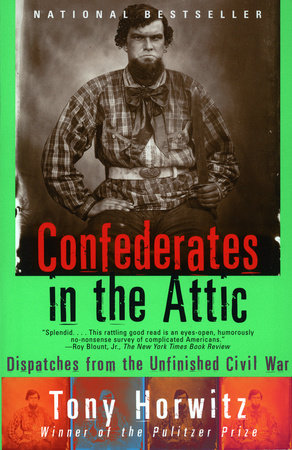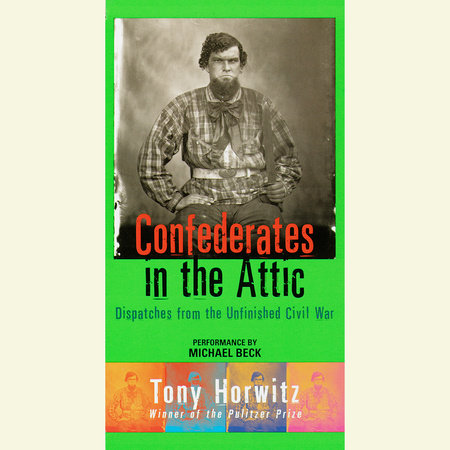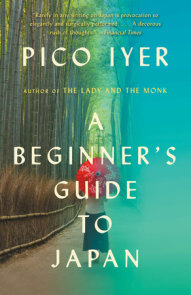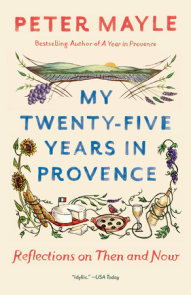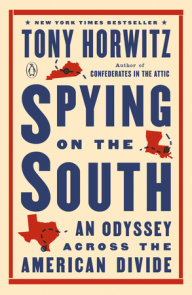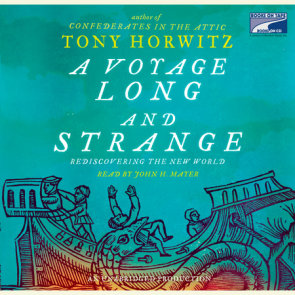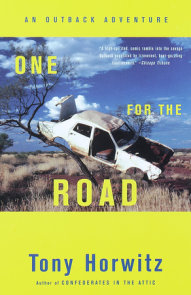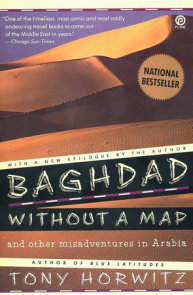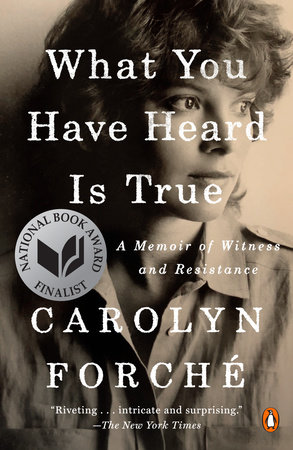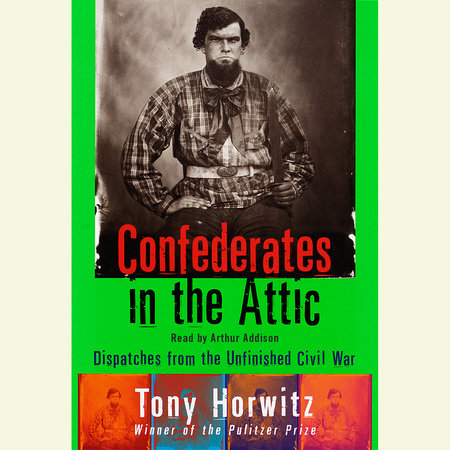

Confederates in the Attic
By Tony Horwitz
By Tony Horwitz
By Tony Horwitz
By Tony Horwitz
By Tony Horwitz
Read by Arthur Addison
By Tony Horwitz
Read by Arthur Addison
By Tony Horwitz
Read by Michael Beck
By Tony Horwitz
Read by Michael Beck
Part of Vintage Departures
Part of Vintage Departures
Category: Civil War History | Travel: USA & Canada | Travel Writing
Category: Civil War History | Travel: USA & Canada | Travel Writing
Category: Civil War History | Travel: USA & Canada | Travel Writing | Audiobooks
Category: Civil War History | Travel: USA & Canada | Travel Writing | Audiobooks

-
$19.00
Feb 22, 1999 | ISBN 9780679758334
-
Aug 18, 2010 | ISBN 9780307763013
-
Nov 19, 2013 | ISBN 9780553397659
943 Minutes
-
Jul 04, 2000 | ISBN 9780553753158
360 Minutes
Buy the Audiobook Download:
YOU MAY ALSO LIKE
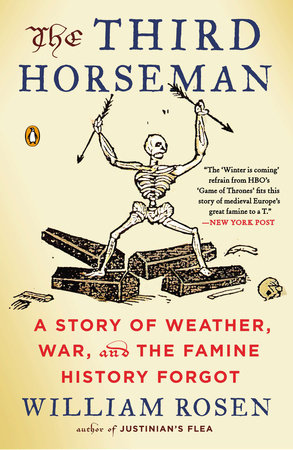
The Third Horseman
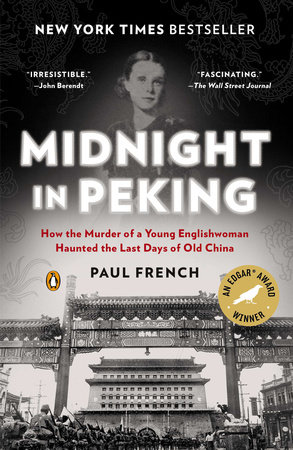
Midnight in Peking
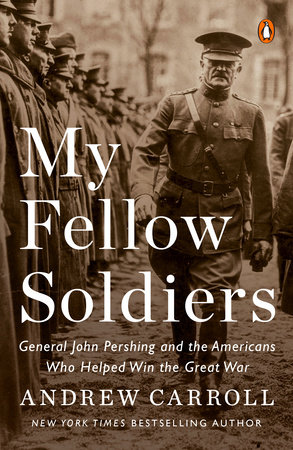
My Fellow Soldiers

The Invisible Woman
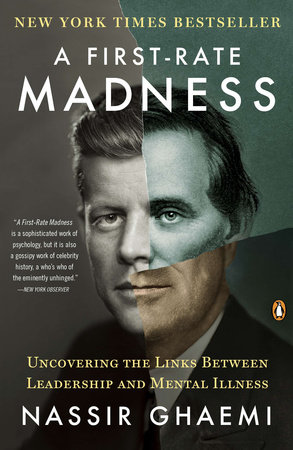
A First-Rate Madness
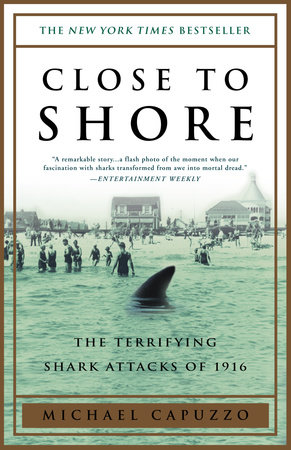
Close to Shore
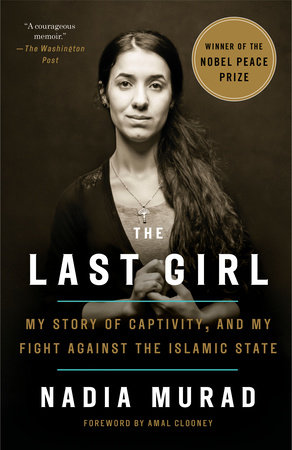
The Last Girl
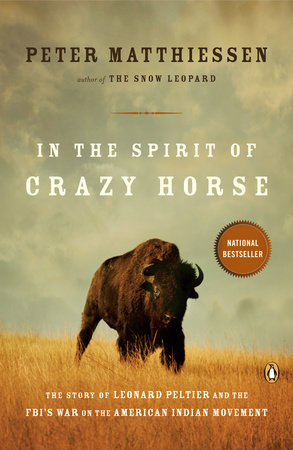
In the Spirit of Crazy Horse
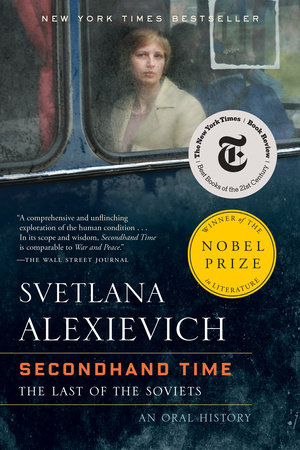
Secondhand Time
Praise
“The freshest book about divisiveness in America that I have read in some time. This splendid commemoration of the war and its legacy … is an eyes–open, humorously no–nonsense survey of complicated Americans.” —Roy Blount Jr., New York Times Book Review
“In this sparkling book Horwitz explores some of our culture’s myths with the irreverent glee of a small boy hurling snowballs at a beaver hat…. An important contribution to understanding how echoes of the Civil War have never stopped.” —USA Today
Horwitz’s chronicle of his odyssey through the nether and ethereal worlds of Confederatemania is by turns amusing, chilling, poignant, and always fascinating. He has found the Lost Cause and lived to tell the tale a wonderfully piquant tale of hard-core reenactors, Scarlett O’Hara look-alikes, and people who reshape Civil War history to suit the way they wish it had come out. If you want to know why the war isn’t over yet in the South, read Confederates in the Attic to find out.” —James McPherson, author of Battle Cry of Freedom
21 Books You’ve Been Meaning to Read
Just for joining you’ll get personalized recommendations on your dashboard daily and features only for members.
Find Out More Join Now Sign In








